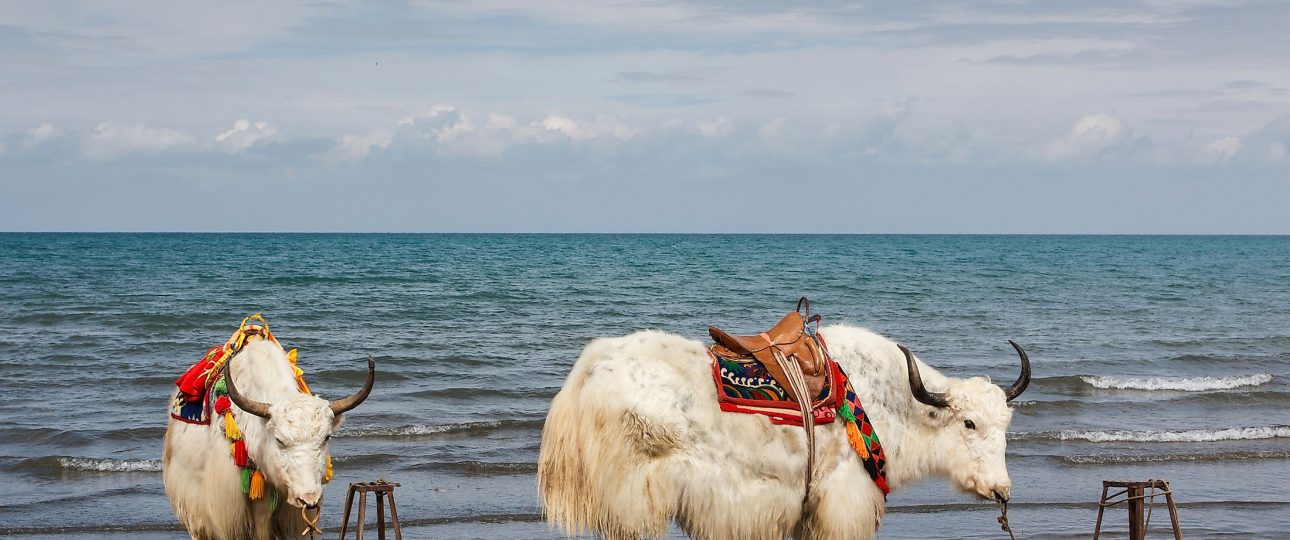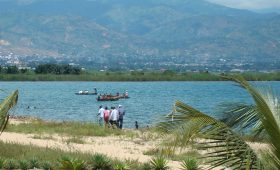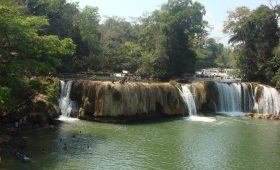Introduction
Welcome to my latest travel guide! Today, we are going to embark on a journey to one of the most breathtaking destinations in China – Qinghai Lake. As an avid traveler, I have had the privilege of exploring numerous hidden gems around the world, but Qinghai Lake truly stands out. Its stunning natural beauty and unique cultural experiences make it a must-visit destination for any adventurous soul. Join me as we dive into the wonders of this enchanting place!
Location and Background
Situated in the northeastern part of the Qinghai-Tibet Plateau, Qinghai Lake is the largest saltwater lake in China. With its mesmerizing blue waters and picturesque surrounding landscapes, it has become a haven for nature lovers and photographers alike. The lake spans across an impressive area of 4,489 square kilometers and is located at an altitude of 3,205 meters above sea level.
Qinghai Lake holds immense cultural significance for the local Tibetan and Mongolian communities. It is considered a sacred site and is often associated with ancient myths and legends. The lake’s tranquil ambiance and spiritual aura create a truly unique atmosphere that visitors can’t help but be captivated by.
Best Time to Visit
Choosing the right time to visit Qinghai Lake is crucial to fully experience its beauty. The ideal time is during the summer months, from June to September, when the weather is pleasant and the scenery is at its most vibrant. During this period, the lake’s azure waters contrast beautifully against the lush green grasslands and colorful wildflowers that dot the surrounding hills.
It’s important to note that Qinghai Lake experiences extreme weather conditions, so be prepared for sudden changes in temperature and strong winds. It’s advisable to carry warm clothing, even during the summer months, as nights can be chilly.
Getting There
Reaching Qinghai Lake requires some planning, but the journey itself is an adventure worth undertaking. The most convenient way to get there is by flying into Xining Caojiabao Airport, which serves as the gateway to the region. From the airport, you can hire a taxi or take a bus to reach the lake, which is approximately 150 kilometers away.
If you prefer a more scenic route, you can also opt for a train journey. Xining Railway Station offers connections to major cities in China, and from there, you can take a bus or hire a car to reach Qinghai Lake.
Local Transportation
Once you have arrived at Qinghai Lake, there are various transportation options available to explore the area. One of the best ways to soak in the beauty of the lake is by renting a bicycle. Cycling along the lakeshore allows you to appreciate the serene surroundings at your own pace. There are several rental shops near the lake where you can easily find a suitable bicycle.
If you prefer a more leisurely experience, you can also take a boat tour around the lake. These tours provide a unique perspective and allow you to see the lake’s diverse birdlife up close. Make sure to bring your camera, as the photo opportunities are endless!
Must-See Attractions
1. Bird Island
Located on the western shore of Qinghai Lake, Bird Island is a paradise for bird enthusiasts. It is home to over 100 species of birds, including the elegant black-necked crane and the rare bar-headed goose. Watching these magnificent creatures in their natural habitat is an awe-inspiring experience. Don’t forget your binoculars!
2. Riyue Mountain
If you’re up for a hike, don’t miss the opportunity to conquer Riyue Mountain. Rising to a height of 2,800 meters, this mountain offers panoramic views of Qinghai Lake and the surrounding grasslands. The hiking trails are well-maintained, and the journey to the summit is truly rewarding.
3. Ta’er Monastery
Immerse yourself in the rich Tibetan culture by visiting Ta’er Monastery, located just a short distance from Qinghai Lake. This stunning Buddhist temple complex is known for its exquisite architecture and vibrant religious ceremonies. Take a moment to wander through the peaceful courtyards and interact with the friendly monks who call this place home.
Accommodation
When it comes to finding accommodation near Qinghai Lake, you have several options to choose from. There are a variety of hotels and guesthouses available in the nearby towns, ranging from budget-friendly to more luxurious options. If you prefer a more authentic experience, you can also consider staying in a traditional Tibetan tent, known as a “yurt.” These unique accommodations offer a glimpse into the local nomadic culture and provide a memorable stay.
Summary
Here’s a quick summary of the key facts about Qinghai Lake:
- Located in northeastern China, Qinghai Lake is the largest saltwater lake in the country.
- The best time to visit is from June to September, when the weather is pleasant and the scenery is vibrant.
- To reach Qinghai Lake, you can fly to Xining Caojiabao Airport and then take a taxi or bus to the lake.
- Local transportation options include renting a bicycle or taking a boat tour around the lake.
- Must-see attractions include Bird Island, Riyue Mountain, and Ta’er Monastery.
- Accommodation options range from hotels and guesthouses to traditional Tibetan yurts.
Qinghai Lake is a destination that will leave you in awe of its natural beauty and cultural richness. Whether you’re a nature lover, a history enthusiast, or simply seeking a tranquil escape, this hidden gem in China is sure to exceed your expectations. Start planning your trip and get ready for an unforgettable adventure!




